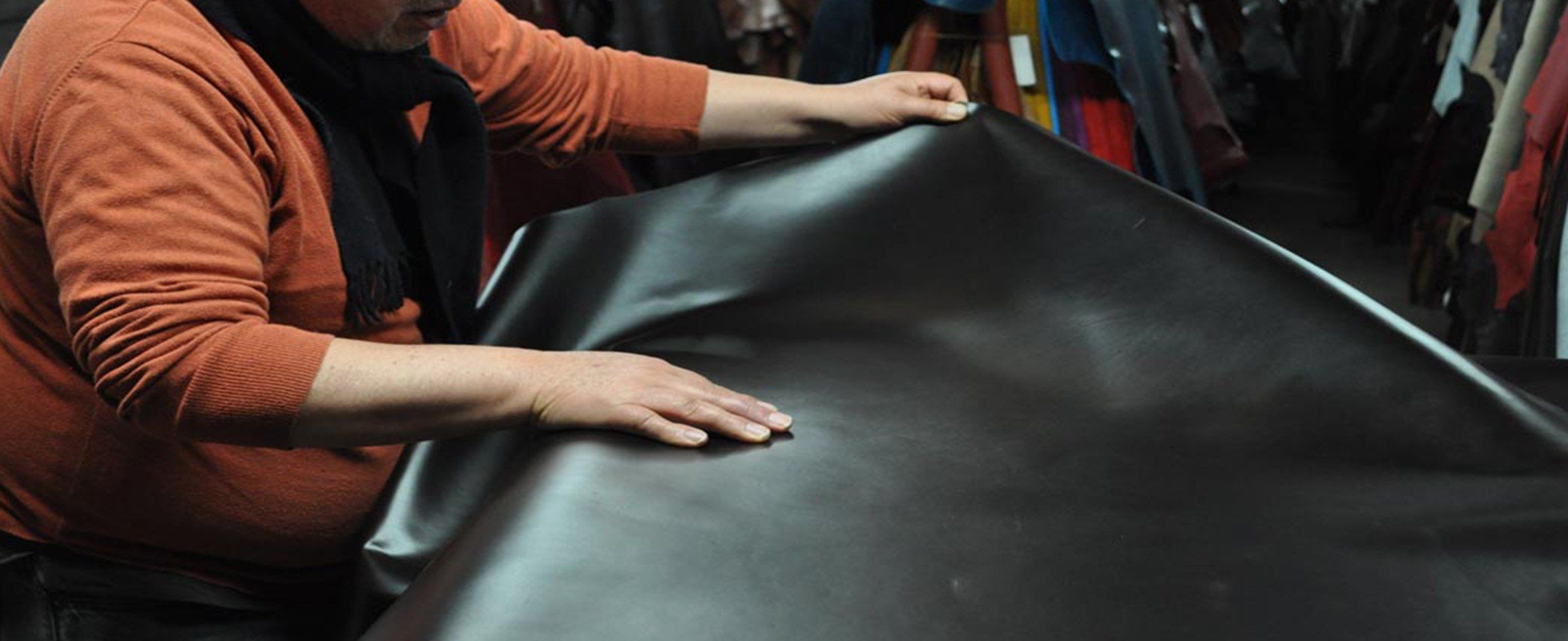Have you ever looked at your beautifully weathered briefcase and thought about how your leather product was made? Do you wonder about all the different processes and steps involved in making your favorite wallet that you’ve had for over 10 years or your “great for every occasion” handbag? Well you’re definitely not the only one. At LAND, we enjoy educating our #LANDLover’s or any leather aficionado on all the work that goes into crafting a beautiful leather good. After all, we want you to know why leather is considered so noble and such a luxurious fashion statement. When it comes to leather there are a few ways to produce it or as the correct terminology calls it; “tan it”. It’s when you get into these processes where it can get a bit complicated. We don’t want you to worry though, as we’re here to carefully explain the process in which your LAND item was made. Join us as we get take you through the journey that all LAND Leather items go through and provide you with a better understanding of tanning leather with two of the main methods used today.
To have you understand this process a bit more, we need to go back – WAY BACK. The first leather was thought to have been used some 500,000 years ago during the Ice Age by man in an effort to protect their body and feet with the use of animal skin. Ultimately, these skins ended up decaying and rotting away rapidly as we had not yet learned to properly tan them. Through careful trial and error, man tried various techniques and methods that would help the animal skins last longer. They were stretched in the sun, had animal brains rubbed into the pores and were even smoked. Eventually, the hides lasted a bit longer but still, it was not good enough and was not considered tanned leather. There doesn’t seem to be a written record of who discovered the tanning process but its assumed tanning was an accidental discovery - what a great one at that! Perhaps some raw hides were left in still water for a prolonged period and leaves or bark of tress, which contain tannin or tannic acid, fell into the water. From this simple accident, the first crude vegetable tanned leather was born and what a discovery it's shown to have been.
Over time man improved the tanning process and was able to use leather for things other than clothing and footwear. Leather was used for armor, harnesses, carpets, tents and water bags. The ancient Egyptians became very skilled in working leather and used it for sandals, belts, bags, shields, cushions and chairs. The Romans and Greeks were also very good tanners and found leather could be used for boots, armor and caps. Slowly but surely, the knowledge and use of vegetable tanning spread to all parts of the world.
Let’s get a bit into the two main types of tanning found today all over the world. Once the hides have been degreased and all hair has been removed, they are then ready to begin the tanning process. Vegetable tanning as you’ve learned uses natural tannins which are found in liquid or powder form. These are obtained from different parts of plants including woods, barks, fruits, fruit pods and leaves. The hides are soaked in water over a long period of time with the tannins to create leather hides. After the hides have sat long enough, they are drained for two or three days. As a result of this, the finished leather has a rich and natural earthy type of tone. The end result is beautiful leather that gets a beautiful patina overtime. This method of tanning is what you can call the “old school” method. It is the most classical, the most traditional and most recognizable which also requires the most skill thanks to it being an age old tradition. It also is the slowest process as hides can take up to two months or more to properly be finished by a high skilled tanner. Because of the added work by professional craftsmen, this gives the final product a higher cost compared to other tanning methods. Unlike the chrome tanning method, vegetable is a little more limited in the types of colors it can produce because of its use of natural ingredients. Vegetable tanned leathers can be found in the soles of shoes, belts, saddles, hand tooled furniture and handbags.
In 1880 chrome tanning was invented by Cavallin from Sweden and F. Knapp from Germany. An American chemist, however, Augustus Schultz was the first to patent the chrome tanning process in the 19th century. His was a much quicker process than vegetable tanning and produced a product completely resistant to water. Today, chrome tanning is the most popular form of tanning in which an estimated 80-90% of leathers in the world use this process. This is mainly in part because of the quick turnaround time it offers. In just one day, you can have what vegetable tanning takes 3 months or more to accomplish. This is obviously very convenient for companies that sell a great deal of leather goods daily. Chrome tanning uses a combination of chemicals, acids, and salts to dye the hide. The hide is first left in an acid salt mixture, and then placed into chromium sulfate. It becomes a light blue color, until the finishing color is applied. When compared to vegetable tanning, the color options are unlimited.
Chrome tanning has its fair share or advantages, like mentioned above, it’s quick and easy to produce. The chrome tanning protects the leather from stains and water in small doses which is great for the average traveler always carrying their bag with them. Lastly unlike other styles of leather it holds its color very well throughout its product life, which is the perfect plus for the customer that always wants their bag looking new.
Whether your item was chrome or vegetable tanned, it's the result of hundred and thousands of years of the tanning process being perfected to give you a timeless and fashionable work of art. We hope to have given a better understanding of the work that goes into making a leather product and that you will enjoy your LAND Leather item as much as we enjoyed making it for you!
[powr-image-slider id=6c3335bc_1493311621]

